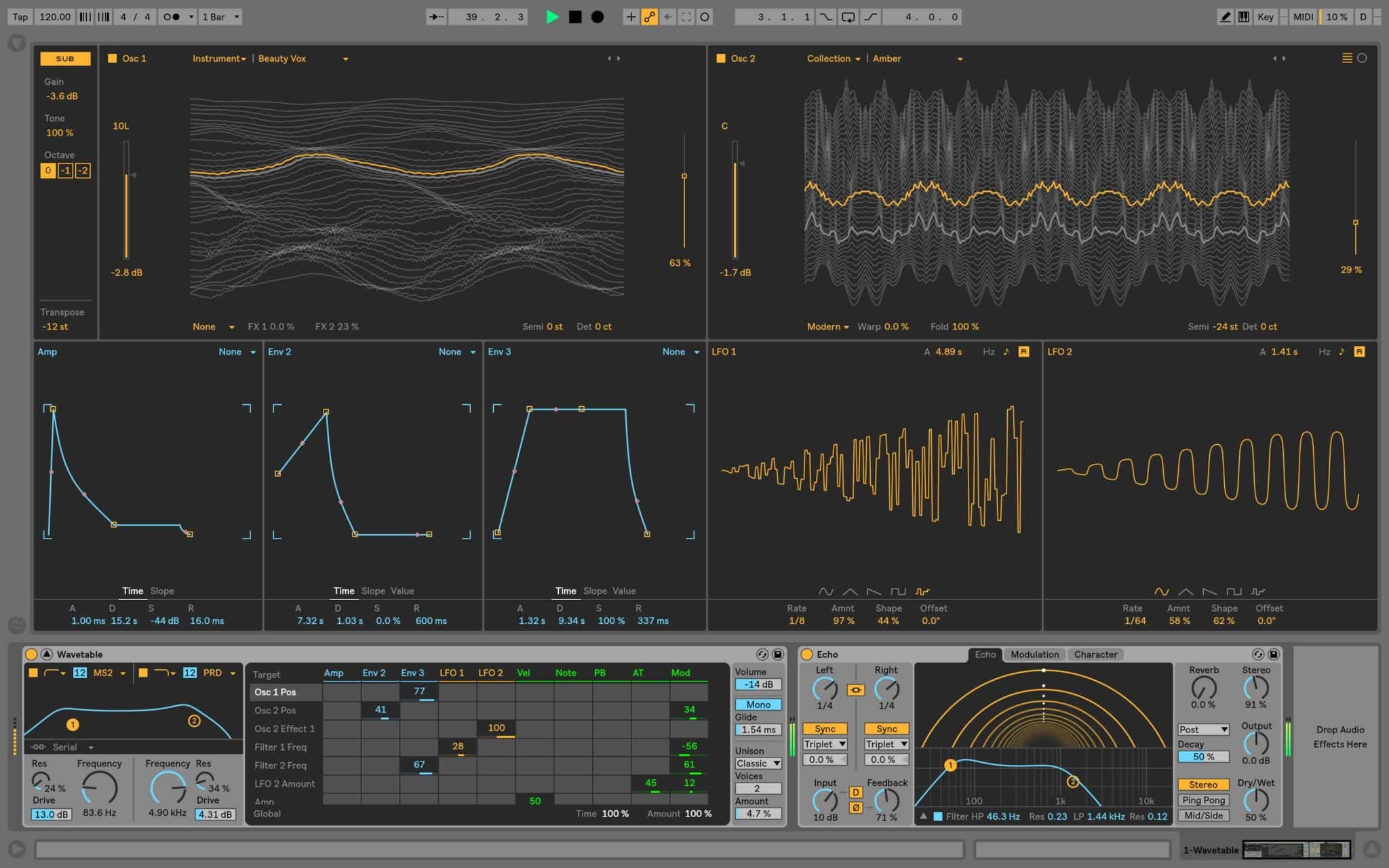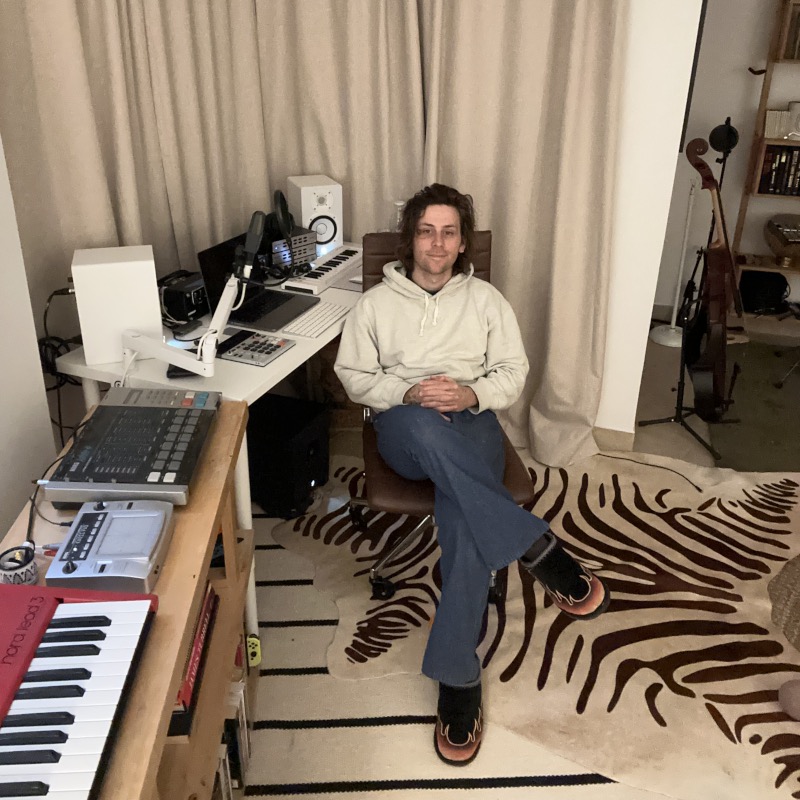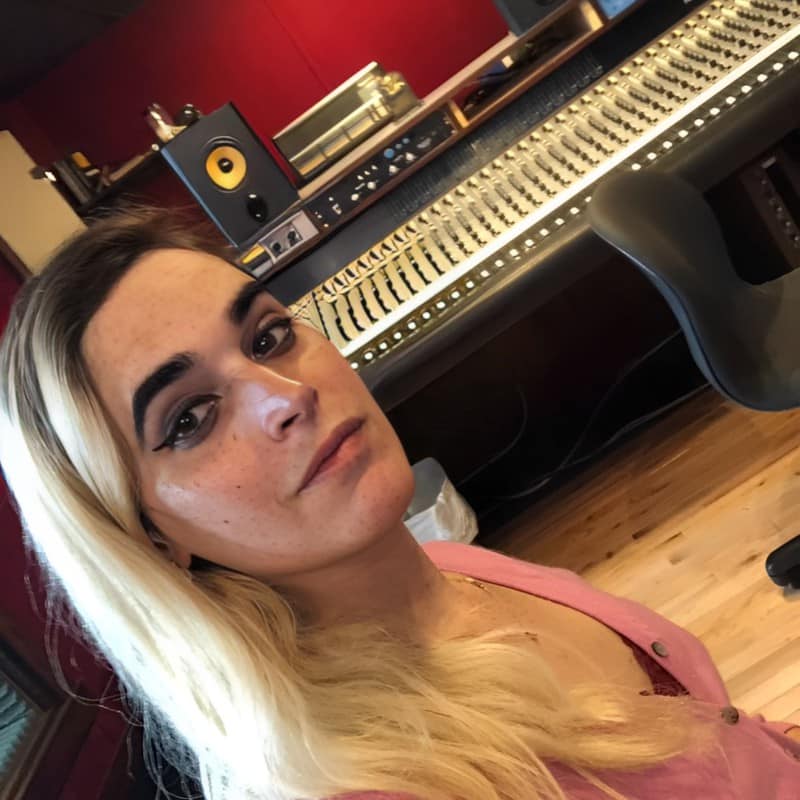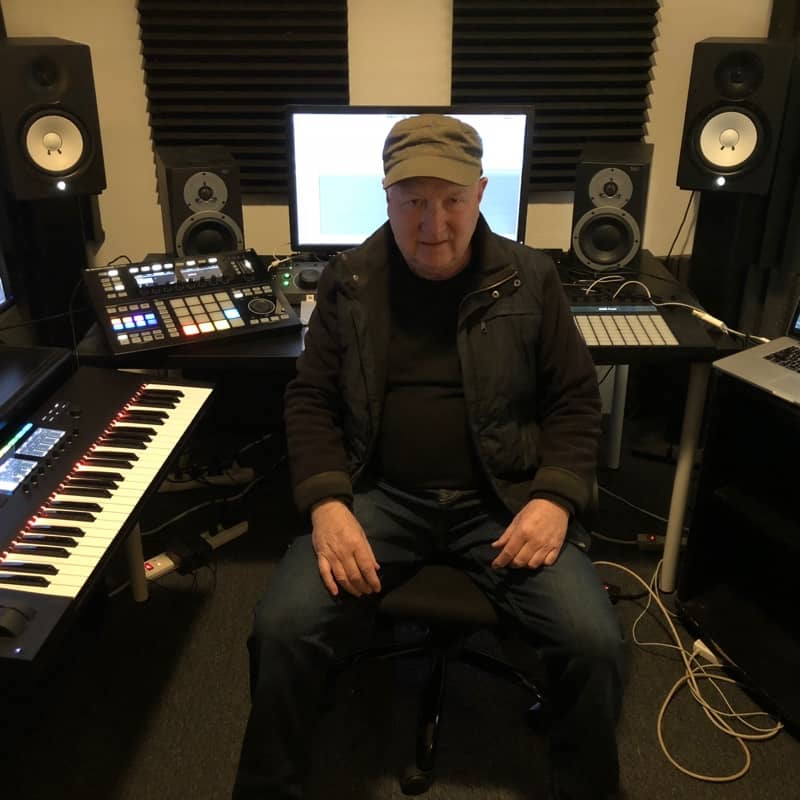If you want to take a huge step to producing the top quality electronic music you love, our Sound Design & Synthesis in Ableton Live course taken from our Ableton Producer Program is for you. Still tending to flick through presets until you get something that’s vaguely useable? Have half-finished loops on your hard drive and you’re not sure where to go next? Even if you are a more experienced producer of music in any genre who would like to develop your electronic sound design skills, our lessons will do that, and a lot more. Total class time is 36 hours where you can ask a question and bounce off of your instructor and fellow learners exactly when you’re feeling inspired, or…confused! This is why some say that there is no substitute for music production courses in person!
No matter what your style, you will be shown how to craft your tunes, and build your sounds from the ground up. Our instructors are all electronic sound design specialists, with Ableton being their first DAW of choice, and they will help you get the sounds you want out of your head and into Ableton, sharing the techniques and tricks they’ve built up from years of experience. The course is structured so you can start a new track at the beginning and build it up as your understanding develops. By the end, if you have put work in between sessions, your track should be finished, and ready to mix! Crammed with production tips and industry insight from our instructors, we’ll inspire you to get your electronic music moving!
We understand what it’s like for many DJs who want to start making music – after years of DJing you know you can get the crowd going, and feel it’s time to be able to bring your own music into play, and move up the DJ pecking order for the bigger gigs. The thought of producing top quality music can be daunting – especially if you don’t know how to play an instrument. This course is constructed to give you all the knowledge you’ll need to start making quality productions – in just thirty six hours.







